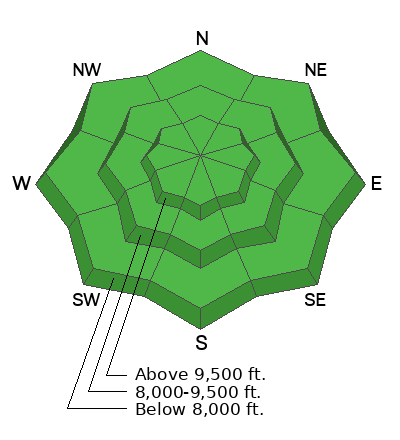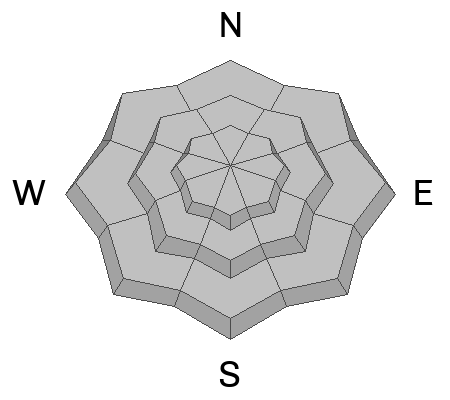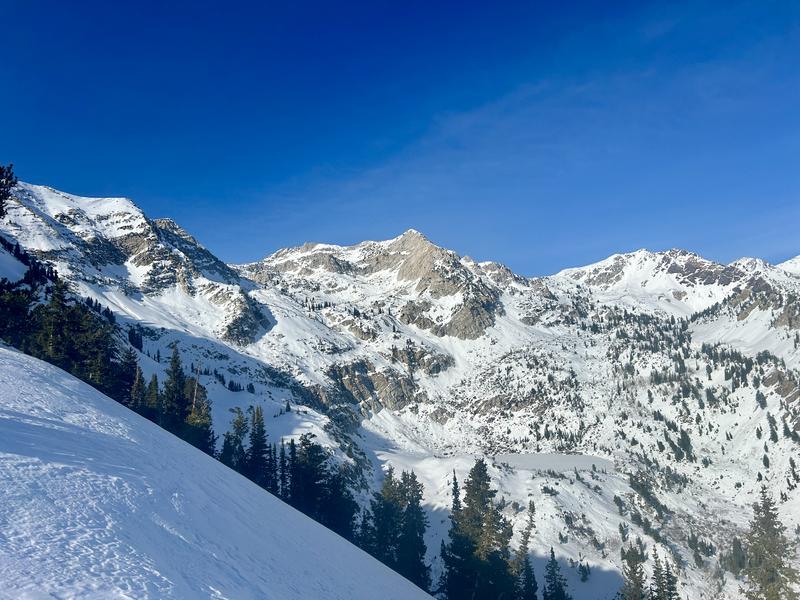Happy first day of winter!
As of 6 am, skies are partly cloudy and temperatures range through the 20's F. Winds are from the south/southwest and light, gusting into the teens mph along some exposed upper-elevation ridges and peaks.
Today won't quite feel like the first day of winter with periods of sun and temperatures warming into the mid and upper 30's F. Winds will be from the south/southwest and remain light, gusting into the teens, with stronger gusts possible by the afternoon.
The weekend storm looks less promising with each model run, but hopefully, we'll pick up 2-4" of new snow by Sunday. High pressure to return on Monday and lasting through at least mid-week.
Above about 9,000', recent warm weather has firmed up the snowpack making for supportable travel conditions and the few inches of dense snow from the past few days has greatly improved the riding. Any snow we receive this weekend will only enhance the conditions.
To celebrate the first day of winter, a few lines from Mary Oliver's poem "Snowy Night"
Snow was falling,
so much like stars
filling the dark trees
that one could easily imagine
its reason for being was nothing more
than prettiness.
No avalanches were reported from the backcountry, but control work at a resort in the Salt Lake mountains pried out an avalanche 1-4' deep failing in the persistent weak layer (PWL) down near the ground.










